A herniated disc can have long-term consequences in addition to causing pain and discomfort. Knowing what herniated disc treatment options are out there can help you understand the suggestions provided by your doctor or the best spine surgeon in Bangalore.
What is a herniated disc?
Do you have painful symptoms as a result of a herniated disc? A herniated disc is a condition that develops between the bones of your spinal column. A herniated disc is also known as a bulging disc or ruptured disc. Understanding the nature of this condition requires a basic understanding of the structure of the spine. Your spine is made up of 33 separate bones. To shape your spinal column, every one of these bones bundles and interlocks with the others.
The spinal canal sits at the center of these bones, providing a passageway for your spinal cord and nerve roots. A rubbery disc exists between each of the bones. Intervertebral discs offer extra comfort and support between every individual vertebra, assisting in twisting and bending, and defending the bones from wear. As a result, a disc may or sometimes “rupture” or herniate. When this occurs, the disc’s tough outer layer tears or bursts, letting the gel-like inner materials enter the spinal canal. A herniated disc can cause no or very mild symptoms; however, when it causes spinal cord or nerve root compression, it can result in a number of intense or even painful symptoms.
Herniated disc treatment options – Surgical and Non-surgical
Your doctor should be able to direct you to the best non-surgical herniated disc treatments and surgery options available based on the extent of your herniated disc and the symptoms it is causing.
Non-surgical treatment options
Many patients who suffer from disc herniation pain will never require surgery. The body naturally heals itself over time. As a result, many surgeons and doctors will first advise against surgery. Your symptoms can also be managed without surgical treatment. Below are a few of the non-surgical options your general practitioner may discuss with you.
Medications
A variety of medications can help relieve the pain and discomfort caused by a herniated/bulging disc. The first is a class of medications known as nonsteroidal anti-inflammatory drugs (NSAIDs). These medications work by lowering inflammation and providing analgesia. Oral corticosteroids are occasionally used as a treatment. These medications relieve pain, which can put stress on the nerves and spinal cord.
Narcotic pain medicines are also used for short-term pain relief, but due to the risk of patients developing an addictive reliance, they are hardly used for long periods of time. Furthermore, certain drugs, such as gabapentin, have been shown to be effective in reducing nerve symptoms associated with a ruptured disc.
The main disadvantage of using medicines is that they do not address the underlying reason for the discomfort and pain. They only ease pain and can sometimes have severe side effects.
Physical therapy
Your surgeon may suggest you physical therapy to assist with herniated disc symptoms. Support may be offered to help reduce symptoms and help ease some of the strain placed on the damaged disc by strengthening and boosting flexibility around the damaged disc. The benefit of physical therapy is that it’s non-invasive and doesn’t include drugs. Regardless of whether more intensive treatment is needed later, physical therapy can help general back or neck strength.
Steroid injections
Some people choose not to take steroid injections, or the placement of their herniated discs causes a lot of inflammation. Many people consider injecting corticosteroids into the region of the ruptured disc. This reduces inflammation and can last for a few weeks to several months, making it beneficial if you’re still on the fence about having surgery. However, the major downside to steroid injections is that they need to be done with some consistency and don’t always resolve the symptoms properly. There is also an extremely small chance that the injection will cause nerve damage.
Surgical options
Depending on the severity of the symptoms, the position of the herniated disc, and your way of life, you and your surgeon may decide that surgery is the best option.
Microdiscectomy
Modern surgical methods have allowed for fewer surgical interventions and faster recovery times. Microdiscectomy is the common method now usually implemented for herniated disc surgery. This method involves using general anesthesia by a doctor or the best spine surgeon in Bangalore. The surrounding muscles are preserved by making one or more small incisions. This is extremely important for faster-bulging disc surgery recovery. The ruptured disc is located using a specialized surgical instrument. The disc is then carefully removed by your surgeon. If the doctor believes that removing the disc will weaken the area, a fusion may be managed to perform.
Fusion surgery
Fusion surgery is done to help your spine be more stable. It also protects the spinal cord, which is especially important when a disc or a part of the bone is removed. Fusion surgery entails your surgeon constructing a “bridge” with bone grafts and, in some cases, instrumentation like plates, rods, and screws. As the bone grows in, it forms a solid column between the vertebrae, providing newfound stability to your spine between two or more vertebral bodies.
Disc replacement
One more surgical treatment is disc replacement. A prosthetic disc serves to fill the space left by the damaged disc. This is a good solution for those who are concerned about losing neck mobility or who lead an active lifestyle.
Timeline of Surgical Recovery
The recovery time is much shorter now that most herniated disc surgical treatments are less invasive. Moreover, you can expect to stay in the hospital for one to five days, though depending on the process, it might be done as same-day surgery. When you get home, you’ll need to rest and allow your body to heal. By the second week, you should be feeling more energized and the pain should have declined. You’ll also need to see your surgeon for a check-up to ensure that everything is completely healed.
Those working in light-duty professions, like working at a desk, must be capable of returning to work within a period of as three weeks or less. If you’ve undergone a lumbar discectomy, you can expect to devote more than two to four weeks in recovery. Regardless of the recovery time, several patients are capable of returning to an adapted work schedule the week after their process. Most people find that they are completely healed within six months. Clearly, as each person is different, your healing timeline may be either longer or shorter.
Risks for surgery
Like any surgery, there are risks involved. Several of these can include:
- Bleeding
- Infection
- Clotting
- Incomplete fusion
- Pain persists
It’s essential to discuss any potential risks with your surgeon, as they may outweigh the advantages of a particular procedure.
Prevention of a herniated disc
Tips for preventing a herniated disc include:
- Learning the proper methods for lifting and moving heavy items.
- Avoid uncomfortable movements and, if symptoms arise, seek medical advice.
- Also, weight management if excess weight is a concern.
- Speaking with a physician about techniques to quit smoking for people who smoke.
To Summarize
When the jelly-like center of a spinal disc pushes through the disk’s outer casing, the condition is known as a herniated disc. If the slipped disc presses or irritates nearby nerves, this may result in pain, loss of feeling, and weakness. Disk herniation cannot always be avoided by people. Herniations are more likely due to a number of factors, including aging, genetics, and recurring driving. However, experts advise that quitting smoking, managing weight, and using relatively safe lifting techniques can all help to lower the risk.
A physical examination is often used by doctors to identify herniated discs. Further, if they need more details on the state of the spine and discs, they may recommend imaging tests like an X-ray or CT scan. Even though herniated discs can cause excruciating pain, proper care can ease the pain. Physical therapy and pain medications are available as treatments. With little intervention, the majority of people will recover. A person might need surgery from the best spine surgeon in India in more severe cases.



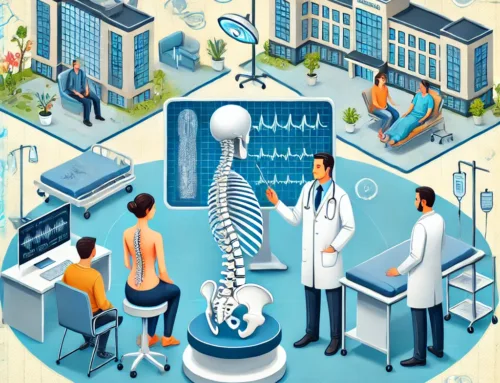
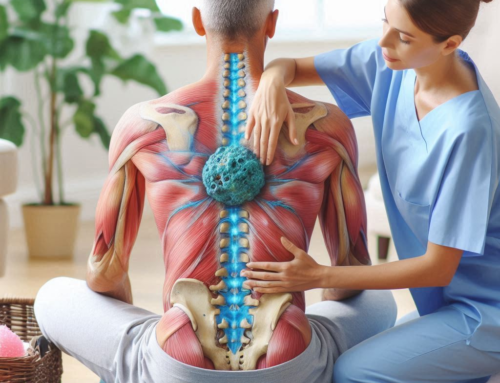
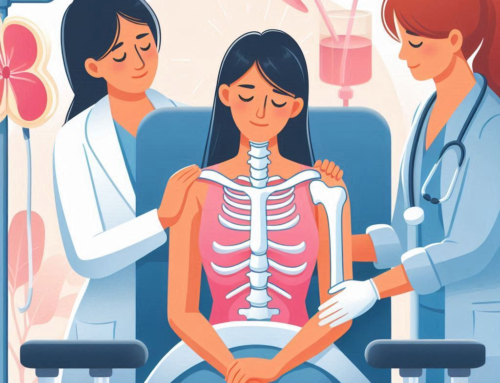
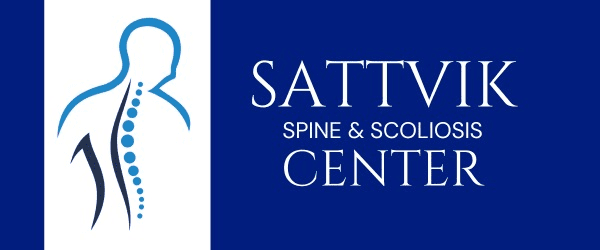



Get Social